Apple rarely reveals truly new product catagories, with its last unveil being the Apple Watch back in 2015. Therefore, rumours that iPhone creator’s upcoming mixed-reality headset is nearing completion is big news among Apple enthusiasts with larger repercussions likely to resonate with millions if they have another smash on their hands.
It’s all very still the subject of speculation but word has it that the company’s board previewed the Apple VR/AR headset in May and while details are typically thin on the ground (Apple being notoriously secretive except for the occasional controlled leak to set the record straight or scare the competition) the pieces of their augmented/virtual jigsaw are beginning to come together.
The battle for the metaverse
Thus far, Apple has shown little interest in the metaverse, unlike Web3 contenders Meta and Microsoft. Meta’s metaverse, Horizon Worlds, reached 300,000 users earlier this year and has their money-making roadmap already charted out through charging creators 47.6 percent on every metaverse sale.
While Meta is concentrating on the consumer metaverse, Microsoft is building the industrial metaverse, allowing factories to use Microsoft HoloLens on the factory floor to help with managing supply chains and completing repairs. Meta, Epic and other metaverse players are currently working to create metaverse standards, recognising that no one company should ‘own’ the metaverse and that shared experiences and the ability to cross between platforms ultimately means a better experience for all.

Apple’s upcoming (still just rumoured) headset therefore marks Apple’s first moves into virtual space and – just as they didn’t invent MP3s and MP3 players (which they went on to dominate with their iPod), and just as they didn’t invent USB, CD-ROM or the Internet (which came together to revolutionize the home computer in their iMac) AND just as they didn’t invent the mobile phone or the touchscreen (which they combined into the game-changing iPhone then iPad) – so it seems that Apple are once again playing the waiting game to bring together ‘new’ tried and tested tech in smart new ways.
This, rather than boldly stride ahead for a ‘first mover’ advantage that can often prove highly costly with no guarantee of success.
Apple’s next big thing
Apple first began work on its headset in 2015 and rumors that the device will launch THIS year have been circulating for months. According to Bloomberg, Apple originally planned to release the headset in 2020, but issues with overheating and a lack of content led to delays. It now appears that the device likely won’t reach consumers until 2023 and while the company is new to the Web3 space, it isn’t without resources, having recently become the first company to reach a market value of $3 trillion.
In other words they’ve the money and time to do this right.
Apple’s AR/VR headset is said to be focused on FaceTime, gaming and other forms of entertainment with augmented reality versions of its main iPhone apps for use with the headset. Likewise, the company is developing apps for hosting virtual meetings and streaming AR/VR content. According to rumors, Apple is also using its might in creating content (via its recent push into exclusives for their Apple TV+ subscription service) to make exclusive VR shows and more for the device.
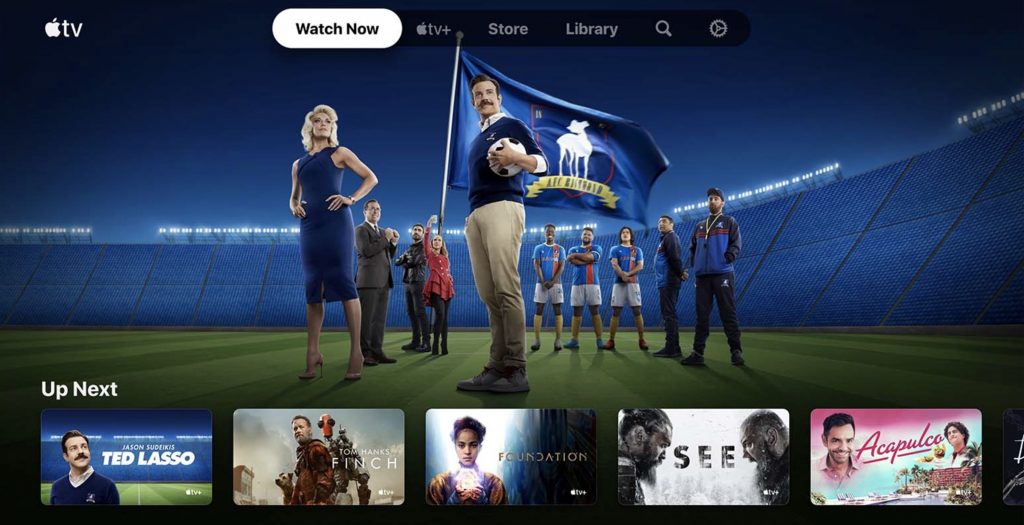
On the hardware front the headset is set to use the processors from the latest Macs (more below) and ultra-high-resolution screens that utilize 3P pancake lenses, which reflect light between the lenses and the display enhancing brightness and – it’s to be hoped – levels of immersion.
So what can we expect?
Lessons from the Apple Watch
While the dust has now settled on the Apple Watch launch (and the product – which is heading for its 8th iteration later this year – is an undisputed market leader and a ‘hit’) it’s worth remembering how close to confused its launch became, and this gives us some clear indications as to how their headset might shape up.
While the iPhone (and iPad) launches before it were relatively plain sailing, the Apple Watch had a difficult birth leaving even the most stalwart Apple convert pondering just what was it for?
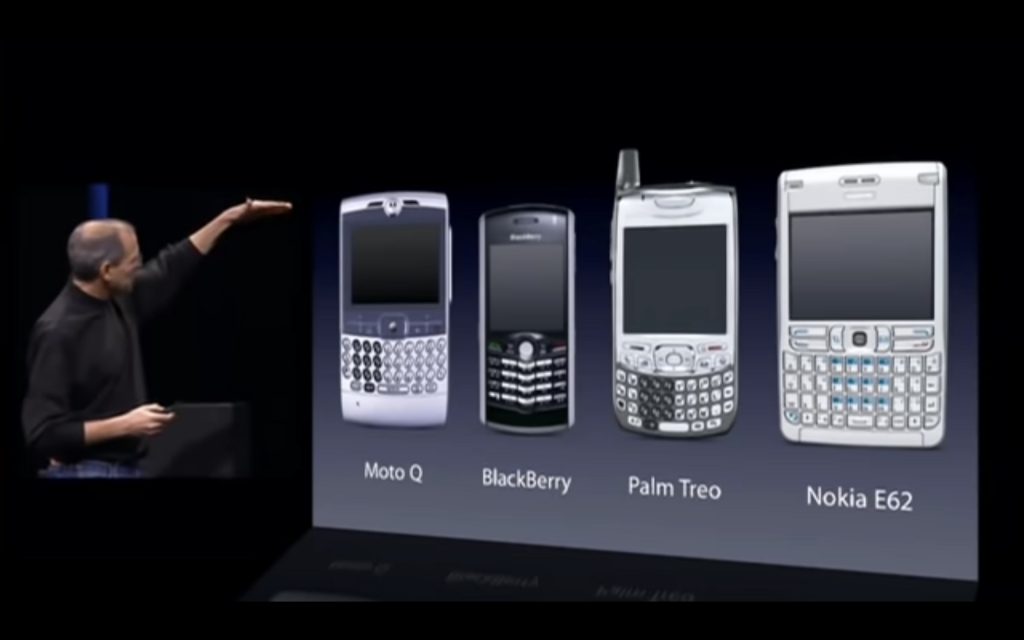
The technology and utility of the iPhone were obvious game changers with only reservations about its high purchase price (in an era of ever more affordable phone contracts) set to hold it back. The Apple Watch on the other hand always felt like an ‘add-on’ (requiring an iPhone to run) with only a bewildering number of ‘possibly nice to have’ use cases shoring up the slim chance of a purchase.
Messages now pinged on your wrist (rather than your phone). You could return messages with a fiddly hand-written character recognition (rather than get your phone out of your pocket and do it properly) and – most famously – you could send a copy of your heartbeat digitally to another owner of an Apple Watch… Anyone?…Meanwhile you could use the watch’s tinier, fiddlier screen to do things, ALL of which could be done more comfortably on your phone. Except web browsing. Which was totally out of the question.
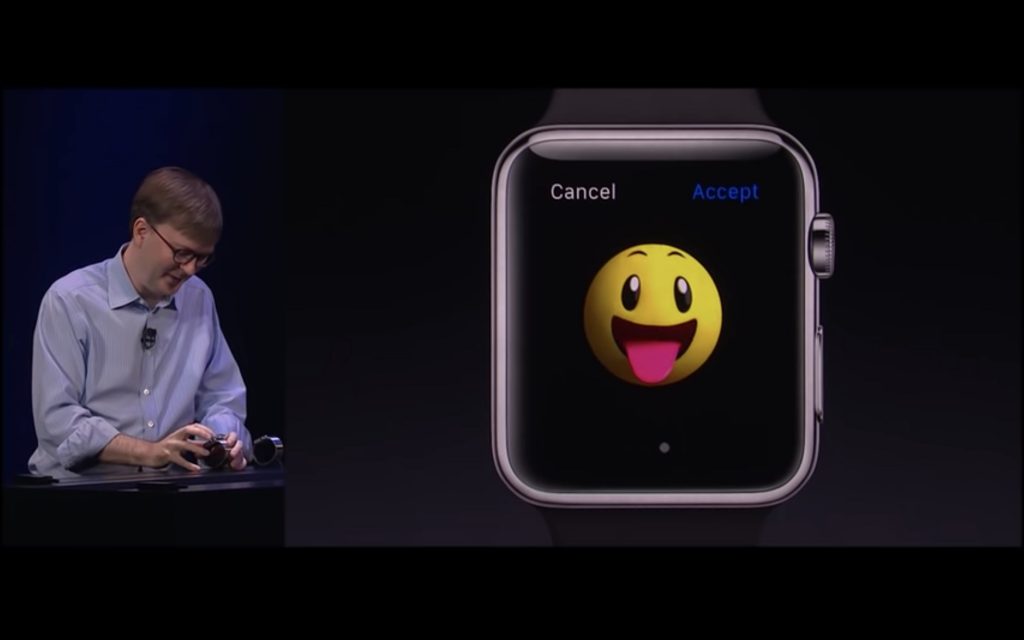
And all in three different casings (including a notoriously expensive solid gold model that earned them nothing but grief) plus countless strap options to ramp up the new gadget’s cachet as a fashion accessory (and complicate things even further).
In the end it turned out that all the gaming, messaging, mapping and garage door opening features of the Watch were all a smokescreen for the real utility on board – fitness tracking, a feature which had actually been presented (albeit less accurately and less usefully) on rival products from the likes of Fitbit years earlier. Who knew?
A lesson from history
Thus Apple are potentially staring another utility storm in the face with the launch of their AR/VR headset. Once again, if they include too many features and throw too many use cases at us and there’s a risk that none will stick. It’s therefore more likely that the device will isolate a small number of USPs then completely ace them in familiar Apple style.
While Meta are throwing the kitchen sink at their yet-to-be-fully-revealed Cambria headset (a high end model incorporating all of the accumulated knowledge from their Oculus, Quest and Quest 2 headsets so far, and being sold alongside the popular and successful ‘budget’ Quest 2 rather than replacing it) it’s likely that Apple will take a simpler, less hardcore route.
Two – rumoured – turning points would appear to have already been taken on the road to Apple’s reveal. First was the decision (again, rumoured) to make the device standalone rather than rely on tethering to the power of an iPhone. It’s a solution that has worked well for Meta’s Quests, simplifying the offering, removing a major obstacle to purchase and, while potentially compromising the power of the final experience, eliminating the connection problems that hamstrung the first Apple Watches.
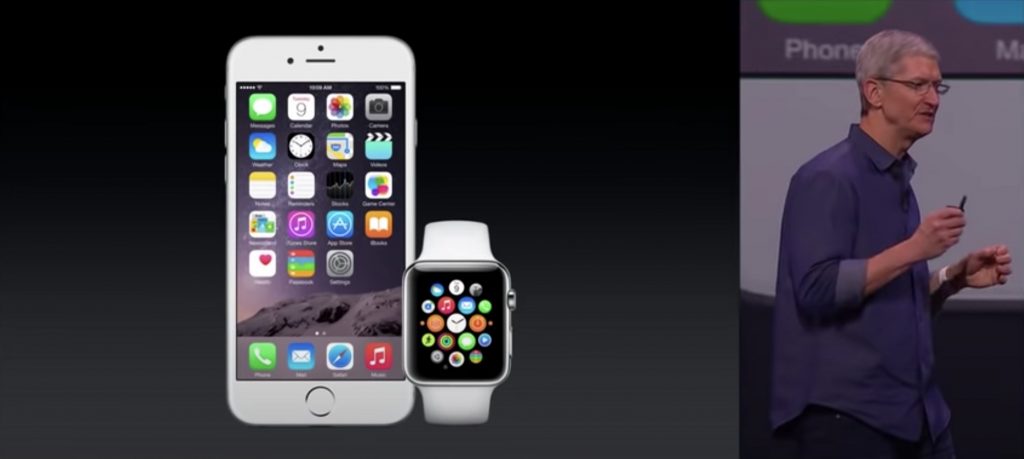
Secondly is Apple’s stated preference for the world of AR (Augmented Reality) over VR (Virtual Reality). Rather than sealing you off from the real world for non-existent realities, Apple have been working hard implementing AR tools into their existing iPhones and iPads for apps and games that add overlays and utility to real vision in order to improve the world around us rather than replace it. It’s highly likely therefore that Apple’s entry will follow this trajectory adding overlays and ‘head-up displays’ to enhance the real world.
So what will it ‘do’?
Thus we could see pop up arrows helping us to navigate city streets. You could VC or FaceTime friends and family without oversharing to everyone around you. Or – the conference attendee’s dream – get unobtrusive prompts whenever you look at someone to remind you of everyone’s name, job title and when and where you last met them…

It’s easy therefore to see Apple taking more of a Google Glass-style approach rather than strapping an opaque, mini games console onto the front of your head (Glass being Google’s brave but doomed ‘half glasses’ attempt to get us all to share everything we see and do with the search giant.)
Observers baulked at the inclusion of a front-facing camera to Glass back in 2013, citing all kinds of privacy issues as it was assumed that wearers would be 24/7 surreptitiously snapping pics of unsuspecting civilians. However in an age of Snap’s Spectacles, Ray-Ban’s Meta-supported Stories, a sky full of drones and too-much-information social posts, it seems that the head-mounted always-on camera debacle has moved on. Meanwhile Apple’s fierce stance on privacy and the anonymising and non-storage of data feels perfectly in tune and appropriate for any possible upcoming AR intentions.
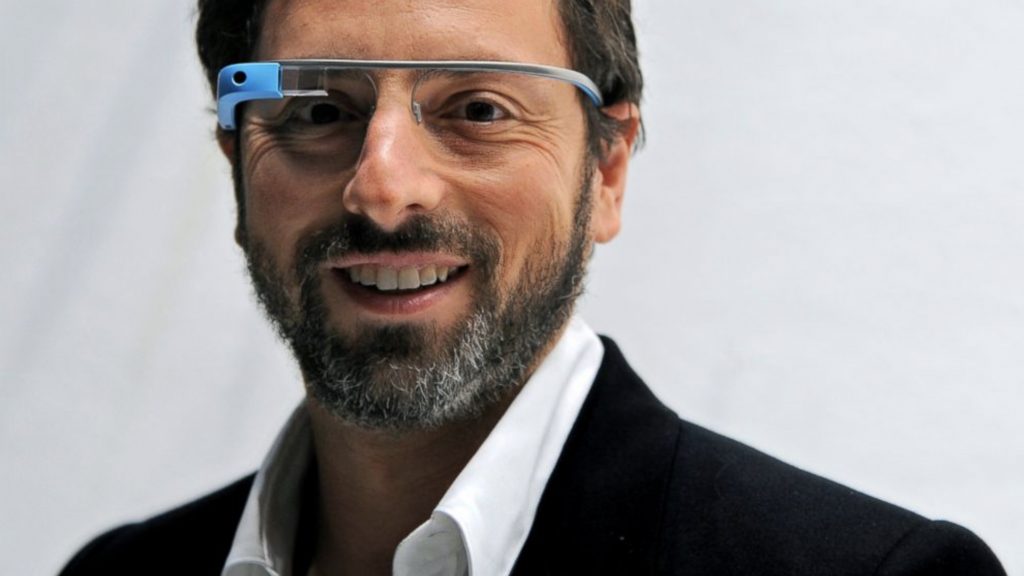
Which, teamed with recent hardware breakthroughs (below) and Apple’s AR kit software suite for iOS already in full flow, would appear to mean that their tricky groundwork is already done.
Wot no VR?
So does that mean no VR? No ports of popular old-skool console games given a head-first fresh take? No flailing around like an idiot at all? Possibly. It might be that Apple will gamble on ignoring VR entirely. VR is a tough win requiring a high suspension of disbelief from willing participants in order to weave its magic. It can be argued that, at the end of the day, how ‘real’ can VR ever be? At what point does your brain genuinely not feel like it’s looking at a pair of screens dangled inches in front of your eyes? Playing devil’s advocate, AR’s has genuine ‘use cases’ while VR is just another line of game-style ‘experiences’.

That said it’s more likely Apple won’t want to hand the world of VR to the competition and will find a way (via electrochomic lenses) to enabling software to blacken the AR lens suitable for far reaching VR-style projections such as playing a game or watching a movie.
The best of all worlds then? Hopefully. The biggest question marks revolve around the issue of just how successfully light, wearable and ‘acceptable’ Apple can make such a personal product in the face of the high level of utility that will be expected of it. It’s likely that they will be selling for around double the £299 Quest, so they’d better be good, right?
And as for a tech company making a piece of fashion?… Once again, it seems that all their fretting and hard-work designing the aesthetics of the Apple Watch (their ‘most personal product ever’) could have just been them amping up for something that you’d happily fit on your face.
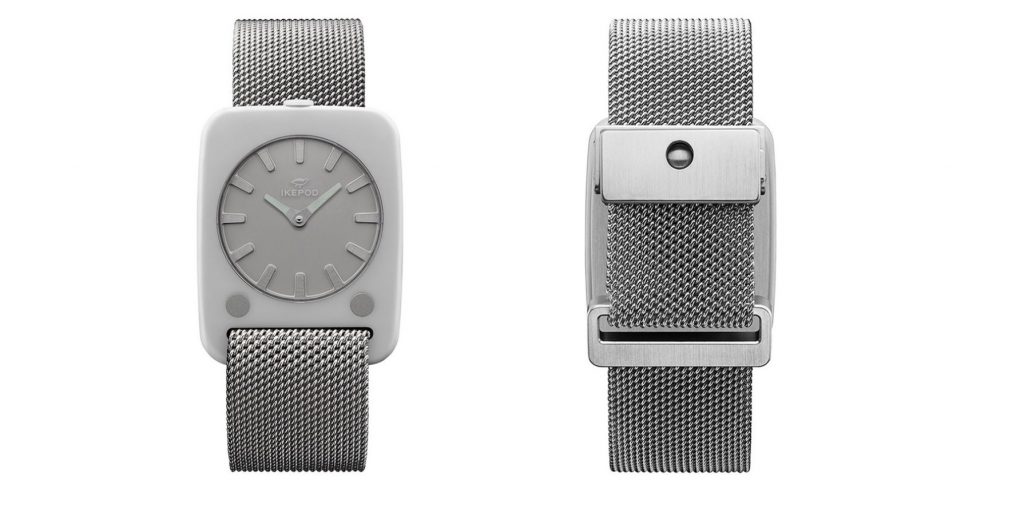
Hidden powers
But perhaps the most relevant bit of backstory Apple already have in their locker is their own Intel-besting silicon which they created for their desktop and laptop Mac computers. Their M1 and new, even more powerful M2 chips are ready to go and make their glasses to happen. When Apple put the M1 chip into the iPad, insiders were baffled as to what the pad would even DO with all that GPU speed, processing grunt and AI-enhanced image processing power. Now it seems they’re prepping the perfect device to give their mini miracle a workout.
With so many hurdles already cleared it looks like there’s only one huge one remaining, and that’s the ever-knotty issue battery life.
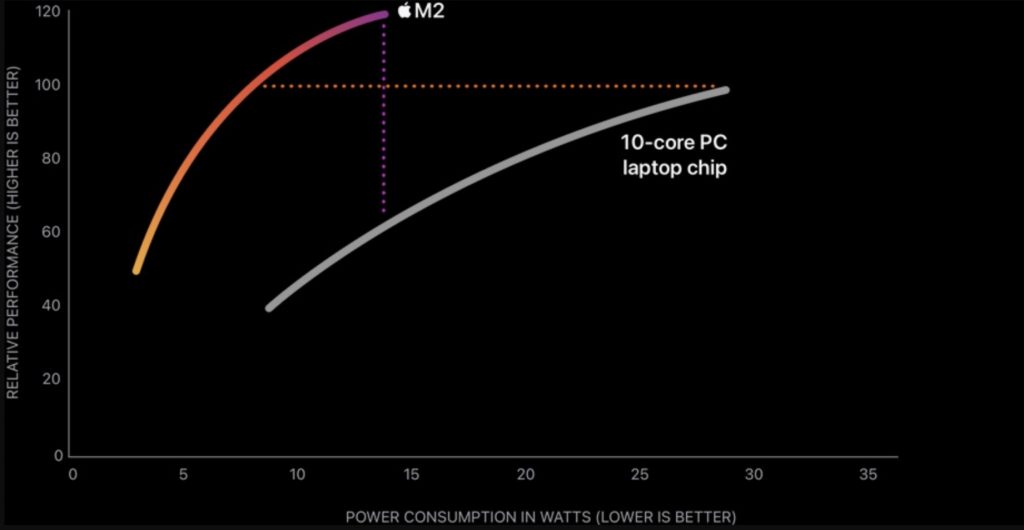
iPhones and iPads – by necessity of their screens – have plenty of space to slide in large, super-thin batteries and enjoy ‘all day’ activity. Doing the same with glasses – cramming the power required for M1 or M2 ‘all day’ into thin frames and arms – seems for now, like a science fiction leap too far. Smart money says we should all be prepared for something rather more substantial than Steve Jobs’ famous wire frames…
It may be that the ‘simple’ augmented approach that Apple are preferring – adding partial graphics onto the larger, real world canvas – is sufficiently spartan to last all day. While it’s likely that going into full, blacked-out ‘VR mode’ might suck more juice and limit lifespan, if this is sold and explained to the user in the right way it’s a hardship they could swallow.
In much the same way as early iPhones had to give separate battery life figures for ‘standby’, ‘call time’ and ‘video’ it could be that we get ’20 hours standby’, ‘8 hours of AR’ and ‘2 hours of VR’ from our new headset. Plus it could be that users (at least of early models) will be given an option to plug in to USB-C power (most likely delivered via your phone or laptop) and tolerate a powered cable connection in order to reach the end of their movie.
And that the glasses will come with some kind of AirPod style charging case – keeping them safe in your bag, serving as a charging dock and able to top up the battery while you’re busy enjoying real life without intrusions – seems like a no brainer.
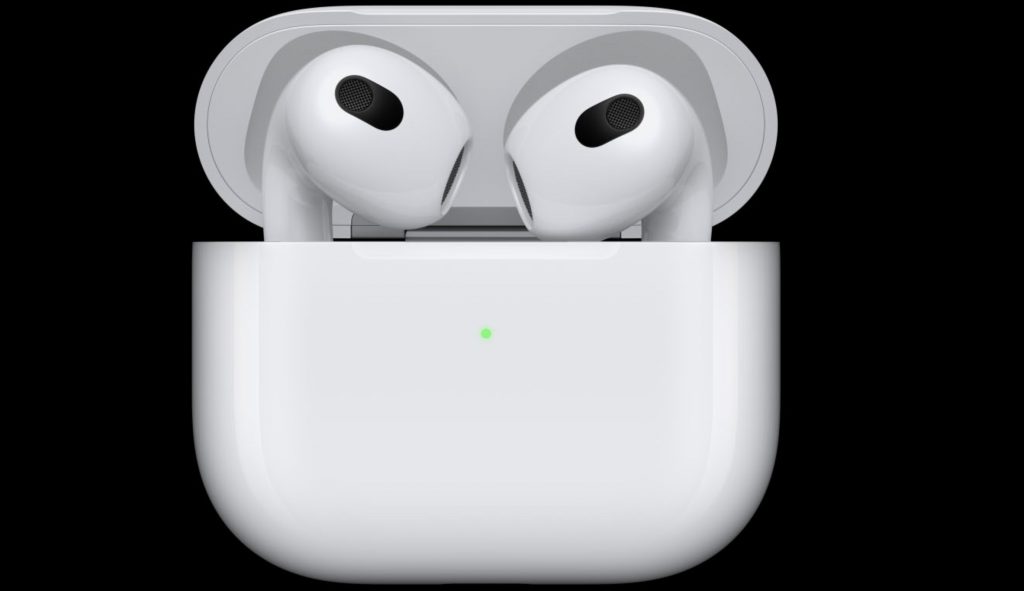
All this and an Apple metaverse too?
Which just leaves one question. Surely Apple will be using whatever they produce to deliver some kind of take on the metaverse? And given their past record for delivering tailor-made user experiences that remain rigidly all their own, it’s not hard to predict (in the face of zero reveals thus far) just how that might work.
The launch iPhone’s OS, audio and video media player and early basic apps (for Stocks, Calculator, etc) were all Apple’s own. The internet (delivered courtesy of the rest of the world) came in via their Safari browser, email was delivered by Yahoo and search and maps were provided by Google. And just a year after its introduction the App Store opened up the iPhone to every developer willing to learn the ropes and part with 30% of their profits.
It’s therefore not too much of a stretch to predict a suite of ‘metaverse enhanced’ official Apple apps and experiences out of the box, giving AR and VR takes on the likes of FaceTime, Messages, Mail, Maps, Music, TV, Books, Movies and more. Add a Siri-powered way of funneling the internet into the headset in a digestible form and chuck in YouTube and the big social apps (or at least Twitter) and you’ve probably nailed a day one V1.0 offering that hits the spot for most people.
As for a vast, exporable, buildable ‘virtual worlds’ filled with VR art galleries, concerts and experiences of the type being enjoyed by a cutting edge minority today, Apple could simply throw open their doors and – exactly as they have done up until now – leave ‘all the other stuff’ to the App Store to deliver.
One big happy metaverse?
Of course there’s a chance that the likes of Meta, Microsoft and Epic might choose not to climb aboard given the time and effort they’ve spent in creating their own rival worlds and hardware to date, and the ongoing rage around the ‘30% tax’ that Apple forces on poor developers (in exchange for running what is arguably the best, most loved, least spammy online store in the world) particularly rankles with important powerhouses such as Epic.
Holdouts from big players could unfortunately mean that entering Horizon Worlds, experiencing Hololens projects or even playing Fortnight won’t be possible. And don’t forget it’s those exact three companies (plus many other lesser known but equally skilled partners) that have just formed the Metaverse Standards Alliance, pledging to share tech for a single common goal.
Apple on the other hand (along with the likes of Google and big names such as the already up-and-at-’em Decentraland, Avakin Life and The Sandbox) have remained non-committal to the group – a clear pointer towards a possible great divide to come.
While this sounds like a major hold-up, such failures to collude aren’t necessarily a disaster. History is full of format wars that found an eventual winner and the inability to play Xbox games on a PlayStation for the last 20+ years hasn’t exactly rocked the world to its core.

But in today’s era of a single ‘free internet’ (albeit ‘ruled’ by big tech at the expense of the little guys – depending on who you talk to) the prospect of ‘what comes after the internet’ actually being a little bit worse than the unified, go-anywhere-on-any-device standard we have now, does feel like a missed opportunity.
All eyes on Apple
Only time will tell exactly what form Apple’s headset will take and where it will allow you to travel and – perhaps more importantly – who they’ll allow on board and who wants to play ball.
We only hope that the giants – at least one day – take a lesson from the internet, play nice, play fair and deliver the best possible experience, value and utility for all of us.
See you on the other side.
With thanks to Jack Brassell for their contribution.
Daniel Griffiths is a veteran journalist who has worked on some of the world's biggest entertainment, home and tech media brands. He's reviewed all the greats, interviewed countless big names, and reported on thousands of releases in the fields of video games, music, movies, tech, gadgets, home improvement, self build, interiors, garden design and more. He’s the ex-Editor of PSM3, GamesMaster, Future Music and ex-Group Editor-in-Chief of Electronic Musician, Guitarist, Guitar World, Computer Music and more. He renovates property and writes fun things for great websites.



































